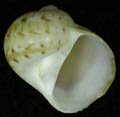
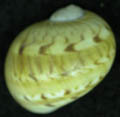
Natica is commonly referred to as a moon shell. It is considered a carnivorous mollusk, generally attacking their prey by boring through their shell. These molluscs are almost exclusively found in the sea floor sand of the tropics.
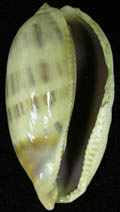
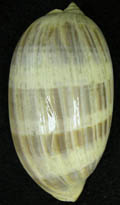
Sand patches are continuous and of finer grain at 50-70 fathoms. It is about at this depth that the character molluscan residents can be found. It is in this sub-littoral and littoral zone that Cypraea lives along with other characteristic molluscs including Oliva, Strombus, and Marginella. Cowries are abundant in the tropics and all species share the same basic shape.

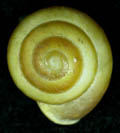
Marl often containes many bleached and brittle shells and land snails including Pleurodonte, which is considered larger and more robust than any living forms of the genus seen on the island.
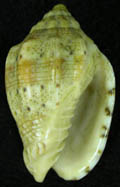
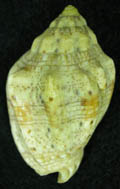
Voluta musica collected from Pelican Island Beaches, Barbados
Voluta musica is considered the "show shell" of Barbados dealers. This gastropod lives in the weedy patches inside the reefs on the western side of the island. Barbados is the metropolis of this very handsome mollusk, which ranges along the north shore of South American from Brazil to Cartagena, but for some reason it has never followed the currents further into the Caribbean region.

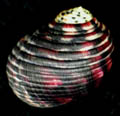
Considered one of the hardiest gastropods of the Caribbean, Nerita can survive on the windward side of the Island of Barbados where the heavy surf constantly breaks. Nerita along with a few others including Litorina and Tectarius can stand the destructive forces of the waves.
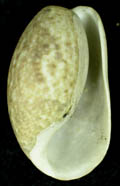

Genus Bulla collected from Bridgetown, Barbados
The shell of Bulla is bubble shaped with a sunken spire. They are generally very thin, some can even be paper-like. The aperture is as long as the shell and usually comma shaped. Generally Bulla inhabits sands in shallow waters and may feed on algae although some feed on other invertebrates as well.